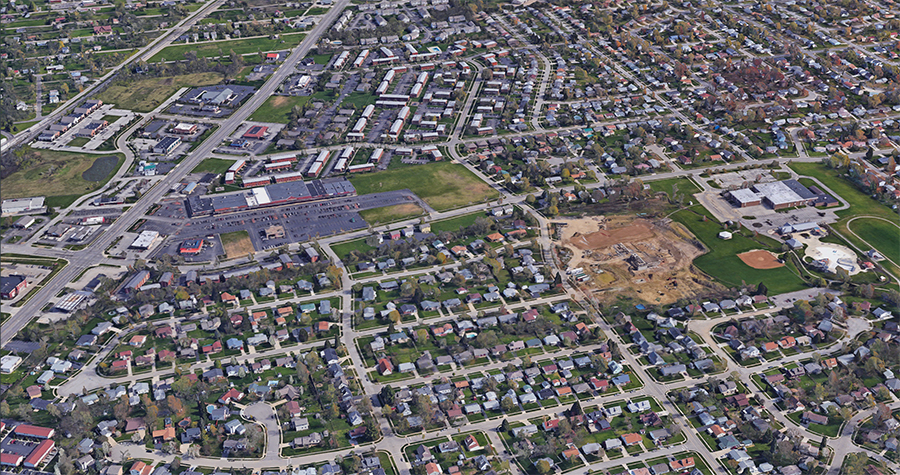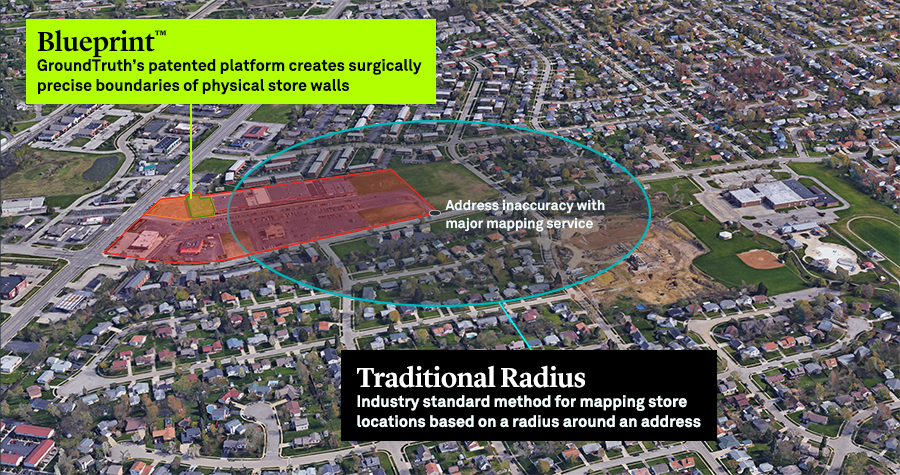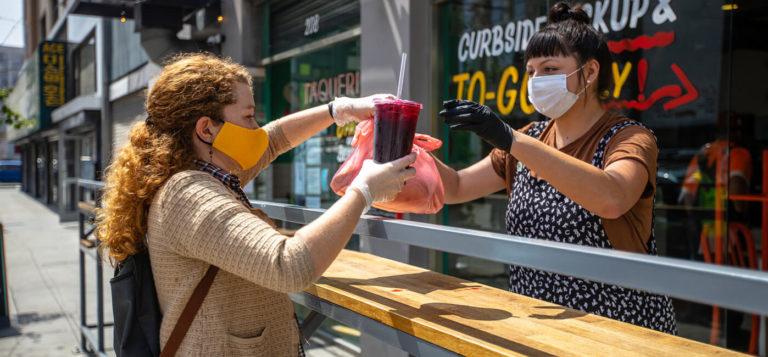Six weeks into my new role at GroundTruth, I’d come to realize that much of the advertising industry’s ideas about location data are seriously out of date.
This occurred to me while talking to senior executives. Some had objections to location data that didn’t make sense to me, because to them location data was still “near me” marketing. They didn’t realize that it’s evolved over the past decade from a point solution into something akin to the world wide web in its ability to supercharge their advertising.
As the new head of North America Sales at location leader GroundTruth, sales is only my second job. My first is reeducation. In this three-part series, I’ll share the top 3 myths that I’ve made it my mission to bust.
Myth #1: Location is about proximity
Truth: Location is about footpaths and habits
Location data is no longer synonymous with radial geo-fences; it’s not just about waiting for consumers to approach your sandwich shop to fire off a discount. It does those things, but it now also does so much more.
Companies like GroundTruth, which receive location signals from smartphones, are able to map consumers’ offline customer journeys and better serve contextually relevant advertising messages. That means that instead of just serving up an ad when a customer nears your store, our data can tell brands where their customers have been and where they’re going, so they can get a better understanding of their audience.
Try to imagine the depth of this data seen across millions of consumers. It maps all the paths people take with their smartphones throughout the real world. It highlights the affinities between various physical locations and consumer attributes. It ties online actions to offline ones. Yes, people may search on the internet, but do they follow up on those purchases? What are their footpaths? Their habits? Do ad-clicks precede in-store visits or are they a waste? Location data knows.
Location data is no longer dependent upon brick-and-mortar sites. Would an insurance provider want to know how often people visit the gym versus fast food chains? Does a CPG company want to know where its target consumers shop? Does an airline want to know that someone likes to go to the beach? Obviously. By following their offline journey, we get to know consumers as the family members, runners, moms, and discount shoppers they are. Brands don’t need stores for location data for these insights to be immensely valuable.
Location data isn’t at all what most senior executives think it is. It’s now about understanding customer footpaths through the real world to profile them based on their real-life actions.






